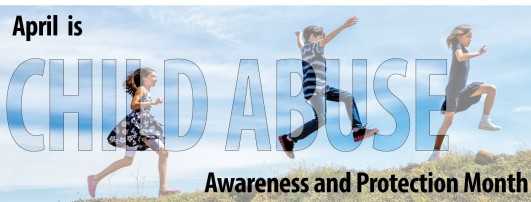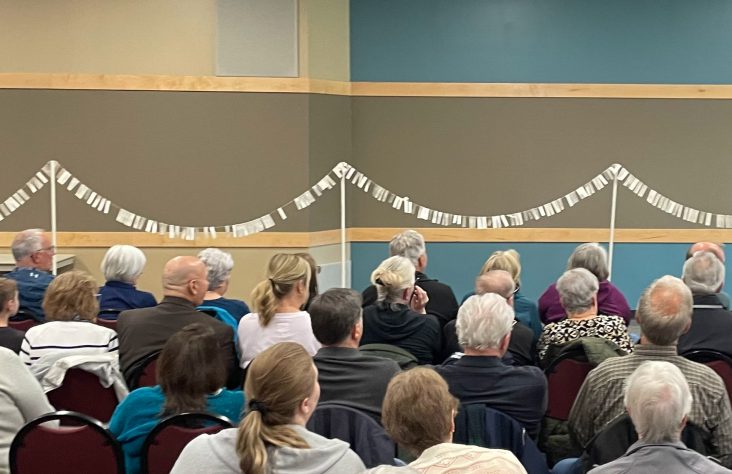April 11, 2017 // Uncategorized
Ten signs of a safe program for children and youth
 During the school year, religious education, sports and recreation programs fill the days of students. In fact, during those nine or so months of the year, children spend as much time in the company of their peers and care of other adults as they do with their parents. What should parents expect of the individuals and programs in whom they entrust their children’s care? What makes a program “kid-safe?”
During the school year, religious education, sports and recreation programs fill the days of students. In fact, during those nine or so months of the year, children spend as much time in the company of their peers and care of other adults as they do with their parents. What should parents expect of the individuals and programs in whom they entrust their children’s care? What makes a program “kid-safe?”
1. Screening of staff and volunteers. All staff and volunteers who serve in a supervisory role with children and youth, or who have regular contact with children and youth, undergo criminal background screens and reference checks to ensure they have no history of criminal or other behavior that may place youth at risk of harm or abuse.
2. Safe Environment training. Training is offered to all staff, volunteers, parents and concerned adults regarding safe environment strategies and signs of abuse. Strategies are implemented to create an environment that is physically and emotionally safe — free from environmental hazards, discrimination, harassment and abuse.
3. Codes of conduct. There are clear codes of conduct guiding adult interactions with youth. The written code of conduct is readily available and compliance is consistently enforced.
4. Open communication. An atmosphere of open communication is encouraged — between parents and staff, staff and children, children and parents. Parents and youth are encouraged to communicate their feelings and concerns. Concerns are met with empathy, acceptance and an active response. Parents are informed of activities, events and their children’s progress. Children are encouraged to communicate their experiences to their parent(s).
5. Parents are welcome. Parents are always welcome to participate, observe or monitor their child’s behavior. There may be instances where youth are encouraged and expected to act independently — where parent participation may influence group process or individual growth — but in such instances, parents are informed regarding their child; and youth are encouraged to share their experiences with their parent(s). Parents are encouraged to serve as volunteers in child/youth programs.
6. Education in right relationships. Qualities of right relationships are taught to children, through the modeling of healthy interactions, discussion and experiential activities. In addition to teaching the qualities of right relationships, children are taught what to do if a relationship isn’t right. They are encouraged to seek help from their parent(s) or another trusted adult.
7. All children are treated with dignity and respect. We are all made in God’s image, worthy of dignity and respect. A child-safe program shows this through its treatment of children. A child-safe program promotes the ideal that all persons are made in the image of God. Thus children are to be treated with dignity and respect at all times.
8. Rules and expectations are clear and enforced consistently. Children thrive when they are provided with the proper amount of structure or developmental scaffolding. Programs that provide clear rules and expectations provide such structure. In a kid-safe program, children and youth are expected to treat others with dignity and respect and to refrain from behaviors that are dangerous, hurtful to others, or interfere with a positive learning environment. Reinforcement of positive behaviors and consequences for negative behaviors are implemented consistently and without bias. Expectations are based on the child’s developmental level, needs, and abilities.
9. Accountability/supervision. The program provides adequate supervision of children and youth. Children and their peers are not left unsupervised, nor are they placed in situations where they are in the isolated company of an adult. A team approach is used in decision-making, and adults hold one another accountable with regard to their conduct with youth.
10. Abuse is reported. Adults are trained in the warning signs of abuse. They are instructed in the state’s mandated child abuse reporting law and are aware of how to seek help for children in need. There is complete transparency with regard to the investigation of allegations of abuse by program staff or volunteers. Program staff cooperates fully with such investigations.
If the programs your children are involved in don’t stack up, take action. Ask questions. Request to review policies, codes of conduct, rules, and expectations. Get involved – volunteer your time, participate with your child, be present as an observer. Share these “kid-safe” recommendations.
Information provided by Elizabeth A. Heidt Kozisek, Safe Environment coordinator for the Diocese of Grand Island, Neb.
The best news. Delivered to your inbox.
Subscribe to our mailing list today.





